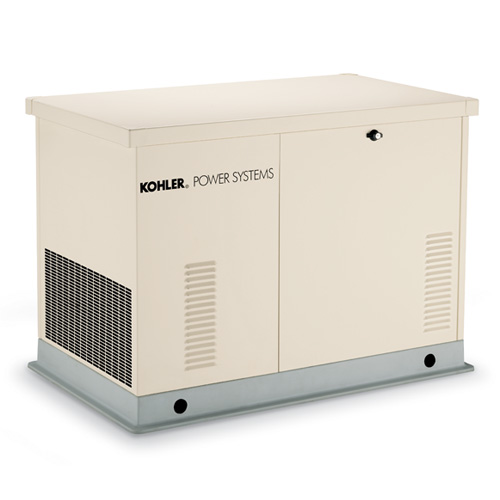
How to determine what size generator you need Add up your power needs Estimate your power needs before you shop for a generator. Look for a label on each appliance that you want to power during an electrical outage. Add up the watts to determine the generator size you need. You can also get an idea of wattage requirements here. Wattage Requirements
Your first step in adding backup power is deciding what you need (or want) to keep running when the electricity goes out. This determines the size (wattage) of the generator you’ll need. Walk through the house and make a list of everything you want to power during an outage. Look for a label on each appliance (they have to have one) that contains information such as wattage, model number and the year it was made (photo). Some labels are right inside the door on appliances; others are on the back, so you have to pull the appliance away from the wall. Write down the item and how much wattage it uses. Be sure to include essential items, like refrigerators, freezers, a well pump if you have one, and a sump pump if your basement could flood. You can go a few hours or even days without an oven (use the microwave instead) and an air conditioner—they use a lot of power and would require you to buy a much bigger generator. Add together the items’ wattages, then multiply that number by 1.5 (appliances need the extra power to start up). That’s the minimum wattage needed for your generator.
For more information, contact South Shore Generator.
Whether your need is to power your business to keep on your production schedule or your home to keep your family safe and sound, South Shore Generator has the product diversity to meet all of your generator requirements. We are proud to sell and service generators from 2kW to 2000kW single set units and up to as large as 100MW utilizing Generac's innovative Modular Power Systems (MPS).